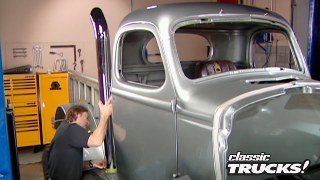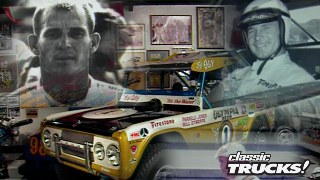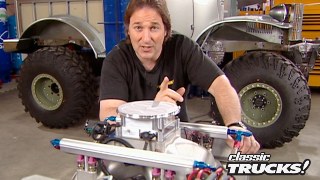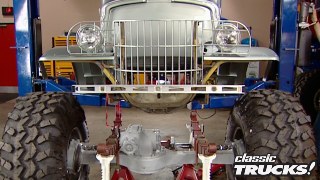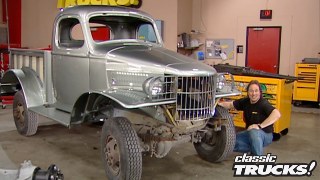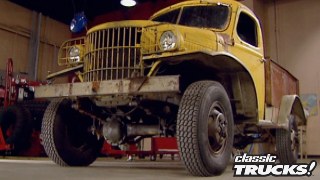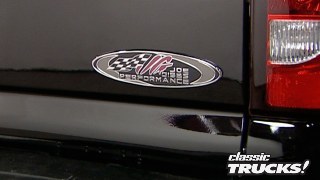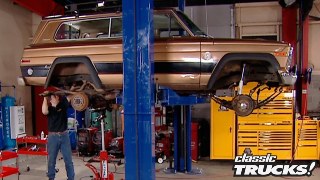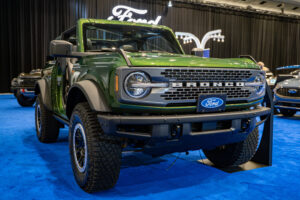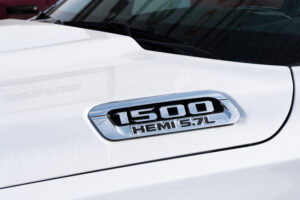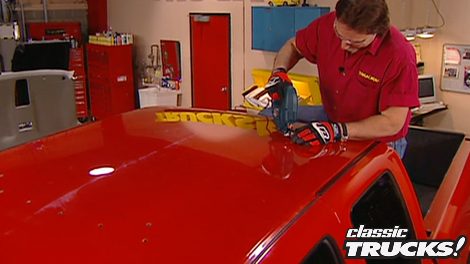
High Sierra - The Beginning
In our latest project, we transform a 99 GMC into Project High Sierra by installing a sliding rag top, challenging traditional notions with an advanced, electric canvas roof system. Additionally, we explore the versatile new Chevy Avalanche with its ingenious design, bridging the gap between truck and SUV, before streamlining transmission swaps with expert advice and powerful tools for truck enthusiasts.
Season 4
Episode 4
